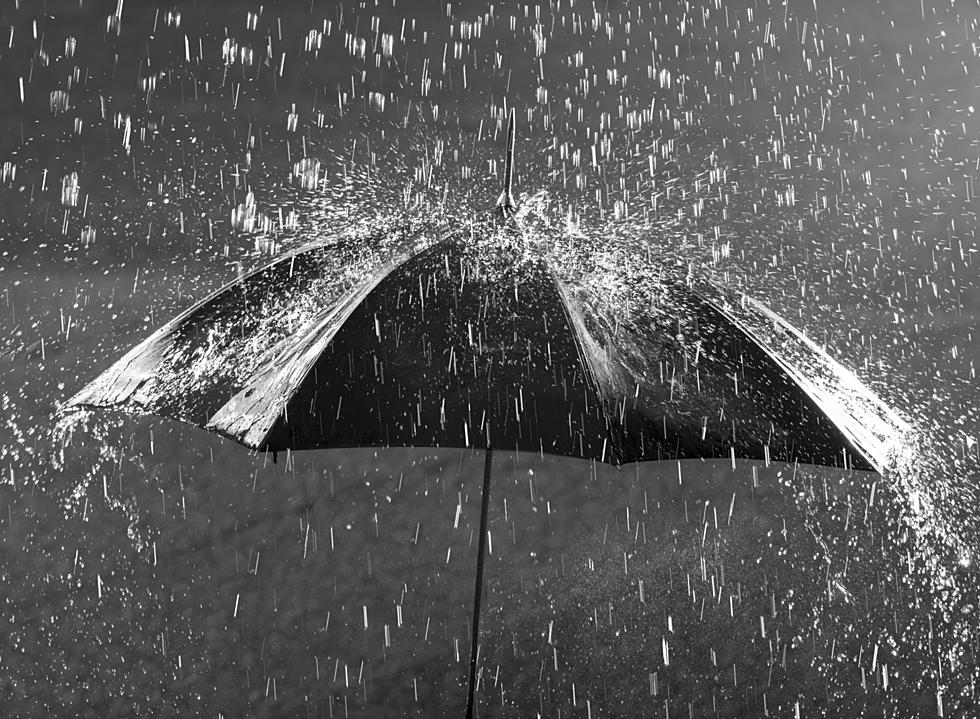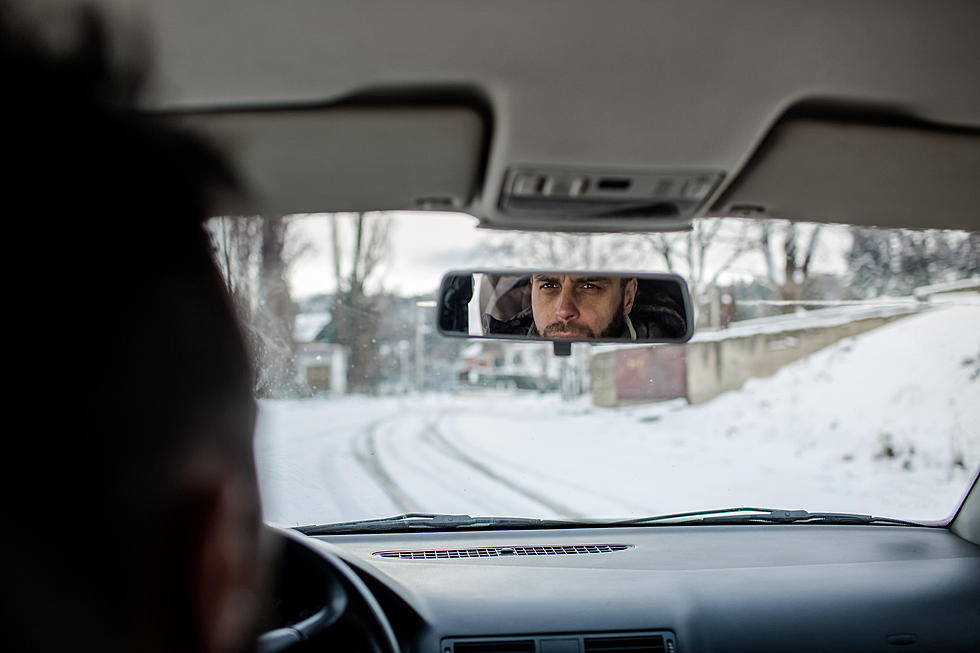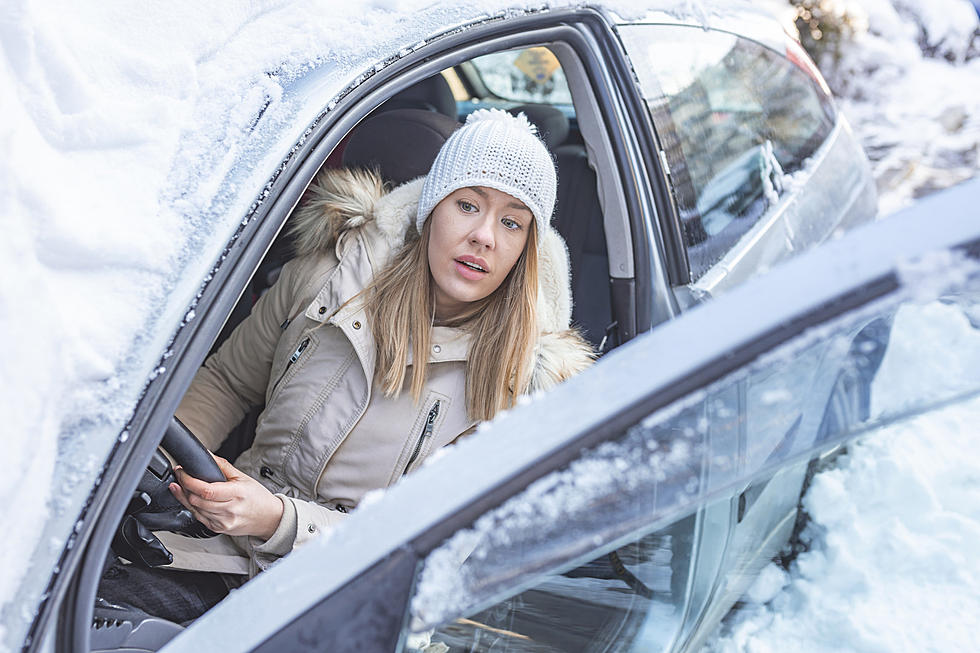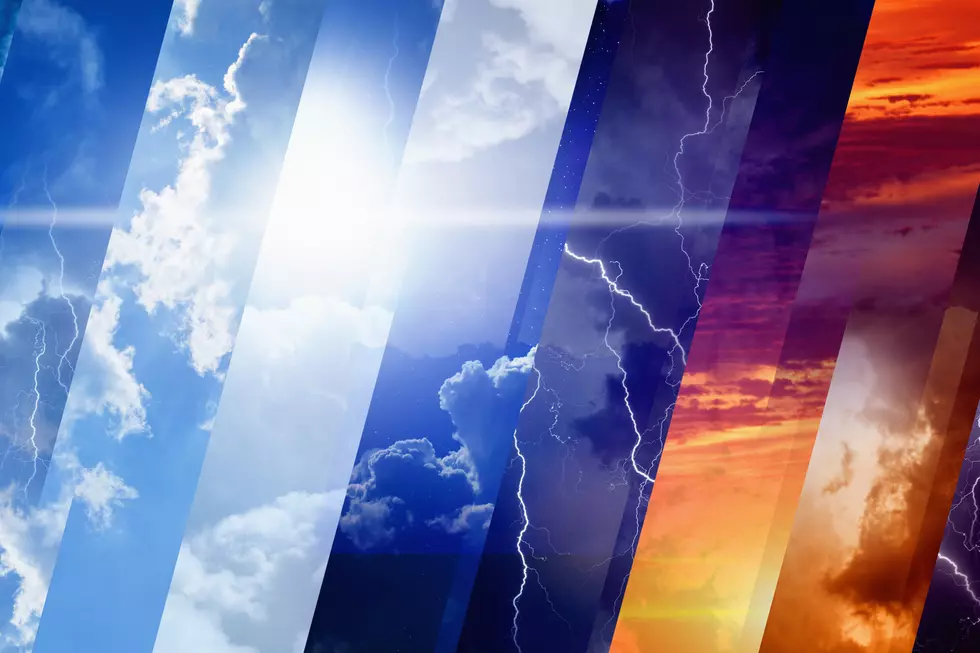
Two EF-0 Tornados Touched Down Near Sedalia Late Sunday Afternoon
The National Weather Service released their preliminary damage survey for the two tornadoes that touched down in Sedalia yesterday afternoon, Sunday, October 25.
The first tornado, with a rating of EF-0 and peak winds of 80 miles per hour touched down just East of Sedalia along Highway 50. The second tornado also rated EF-0 with peak winds of 80 miles per hour touched down south-southeast of town near Covered Bridge Park.
The first tornado, with a rating of EF-0 and peak winds of 80 miles per hour touched down just East of Sedalia along Highway 50. The second tornado also rated EF-0 with peak winds of 80 miles per hour touched down south-southeast of town near Covered Bridge Park
The tornado along highway 50 traveled a little over a mile and had a width of 50 yards. And the tornado south-southwest of town traveled a little less than half a mile and had a width of 50 yards. The National Weather Service says there were no injuries or deaths.
People commenting on the National Weather Service Kansas City's Facebook post noted the damage seemed to be limited to torn-up billboards, a destroyed vinyl fence along Highway 50.
The Enhanced Fujita Scale of Tornado Damage Intensity ranks tornados based on estimated wind speeds and related damage from EF-0 for a tornado causing light damage, to an EF-5 tornado which will cause incredible damage. According to the scale, an EF-0 tornado causes, "Some damage to chimneys; branches broken off trees, shallow-rooted trees uprooted, signboards damaged."
Over on the Pettis County EMA Facebook page, there was a comment that the area tornado sirens went off after the tornadoes had already touched down in the area. That was confirmed by at least one Townsquare Media Sedalia-Warrensburg employee in Sedalia at the time of the tornado.
A tornado watch had been issued for Pettis County earlier in the afternoon at 2:10 PM CDT.
LOOK: The most expensive weather and climate disasters in recent decades
Gallery Credit: KATELYN LEBOFF
More From Mix 92.3









